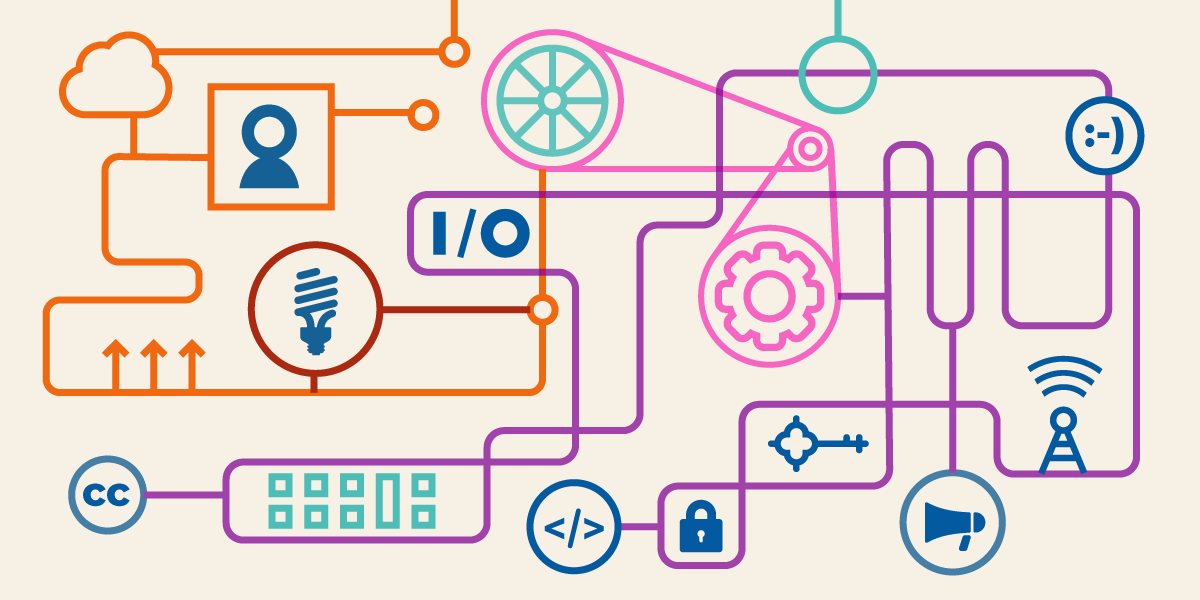聊聊为什么 IDL 只能扩展字段而非修改

前几年业界流行使用 thrift, 比如滴滴。这几年 grpc 越来越流行,很多开源框架也集成了,我司大部分服务都同时开放 grpc 和 http 接口
相比于传统的 http1 + json 组合,这两种技术都用到了 IDL, 即 Interface description language 接口描术语言,相当于增加了 endpoint schema 约束,不同语言只需要一份相同的 IDL 文件即可生成接口代码。
很多人喜欢问:proto buf 与 json 比起来有哪些优势?比较经典的面试题
IDL 文件管理每个公司不一样,有的保存在单独 gitlab 库,有的是 mono repo 大仓库。当业务变更时,IDL 文件经常需要修改,很多新手总是容易踩坑,本文聊聊 grpc proto 变更时的兼容问题,核心只有一条:对扩展开放,对修改关闭,永远只增加字段而不修改
测试修改兼容性
本文测试使用 grpc-go example 官方用例,感兴趣自查
1 | syntax = "proto3"; |
每次修改后使用 protoc 重新生成代码
1 | protoc --go_out=. --go_opt=paths=source_relative --go-grpc_out=. --go-grpc_opt=paths=source_relative helloworld/helloworld.proto |
Server 每次接受请求后,返回 HelloReply 结构体
1 | // SayHello implements helloworld.GreeterServer |
Client 每次只打印 Server 返回的结果
修改字段编号
将 HelloReply 结构体字段 age 编号变成 12, 然后 server 使用新生成的 IDL 库,client 使用旧版本
1 | zerun.dong$ ./greeter_client |
可以看到 client 没有读到 age 字段,因为 IDL 是根据序号传输的,client 读不到 seq 3, 所以修改序号不兼容
修改字段 name
修改 HelloReploy 字段 id, 变成 score 类型和序号不变
1 | // The response message containing the greetings |
重新编译 server, 并用旧版本 client 访问
1 | zerun.dong$ ./greeter_client |
可以看到,虽然修改了字段名,但是 client 仍然读到了正确的值 12345, 如果字段含义不变,那么只修改名称是兼容的
修改类型
有些类型是兼容的,有些不可以,而且还要考滤不同的语言。这里测试三种
1.字符串与字节数组
1 | // The response message containing the greetings |
我们将 additional 字段由 string 类型修改为 bytes
1 | // The response message containing the greetings |
可以看到 go 结构体由 string 变成了 []byte, 我们知道这两个其实可以互换
1 | zerun.dong$ ./greeter_client |
最后结果也证明 client 可以正确的处理数据,即修改成兼容类型没有任何问题
2.int32 int64 互转
1 | message HelloReply { |
这里我们将 age 由 int32 修改成 int64 字段,位数不一样,如果同样小于 int32 最大值没有问题,此时我们在 server 端将 age 赋于 2147483647 + 1 刚好超过最大值
1 | zerun.dong$ ./greeter_client |
我们可以看到 age 变成了负数,如果业务刚好允许负值,那么此时一定会出逻辑问题,而且难以排查 bug, 这其实是非常典型的向上向下兼容问题
3.非兼容类型互转
1 | message HelloReply { |
我们将 age 由 int32 变成 string 字符串,依旧使用 client 旧版本测试
1 | zerun.dong$ ./greeter_client |
可以看到结构体 json 序列化打印时不存在 Age 字段,但是 log 打印时发现了不兼容的 3:"this is age", 注意 grpc 会保留不兼容的数据
同时 r.Age 默认是 0 值,即非兼容类型修改是有问题的
删除字段
1 | message HelloReply { |
删除字段 age 也就是说序号此时有空洞,运行 client 旧版本协义
1 | zerun.dong$ ./greeter_client |
没有问题,打印 r.Age 当然是默认值 0, 即删除字段是兼容的
为什么 required 在 proto3 中取消了?
1 | message SearchRequest { |
熟悉 thrift 或是使用 proto2 协义的都习惯使用 required optional 来定义字段属于,扩展字段一般标记为 optional, 必传字段使用 required 来约束
官方解释如下 issues2497,简单说就是 required 打破了更新 IDL 时的兼容性
永远不能安全地向 proto 定义添加 required 字段,也不能安全地删除现有的 required 字段,因为这两个操作都会破坏兼容性
在一个复杂的系统中,proto 定义在系统的许多不同组件中广泛共享,添加/删除 required 字段可以轻松地降低系统的多个部分
多次看到由此造成的生产问题,并且 Google 内部几乎禁止任何人添加/删除 required 字段
上面是谷歌得出的结论,大家可以借鉴一下,但也不能唯 G 家论
小结
IDL 修改还有很多测试用例,感兴趣的可以多玩玩,比如结构体间的转换问题,比如 enum 枚举类型。上文测试的都是 server 端使用新协义,client 使用旧协义,如果反过来呢?想测试 thrift 的可以看看这篇 thrift missing guide
本文能过测试 case 想告诉大家,IDL 只能追加杜绝修改(产品测试阶段随变改,无所谓)
写文章不容易,如果对大家有所帮助和启发,请大家帮忙点击在看,点赞,分享 三连
关于 IDL 兼容问题 大家有什么看法,欢迎留言一起讨论,大牛多留言 ^_^
